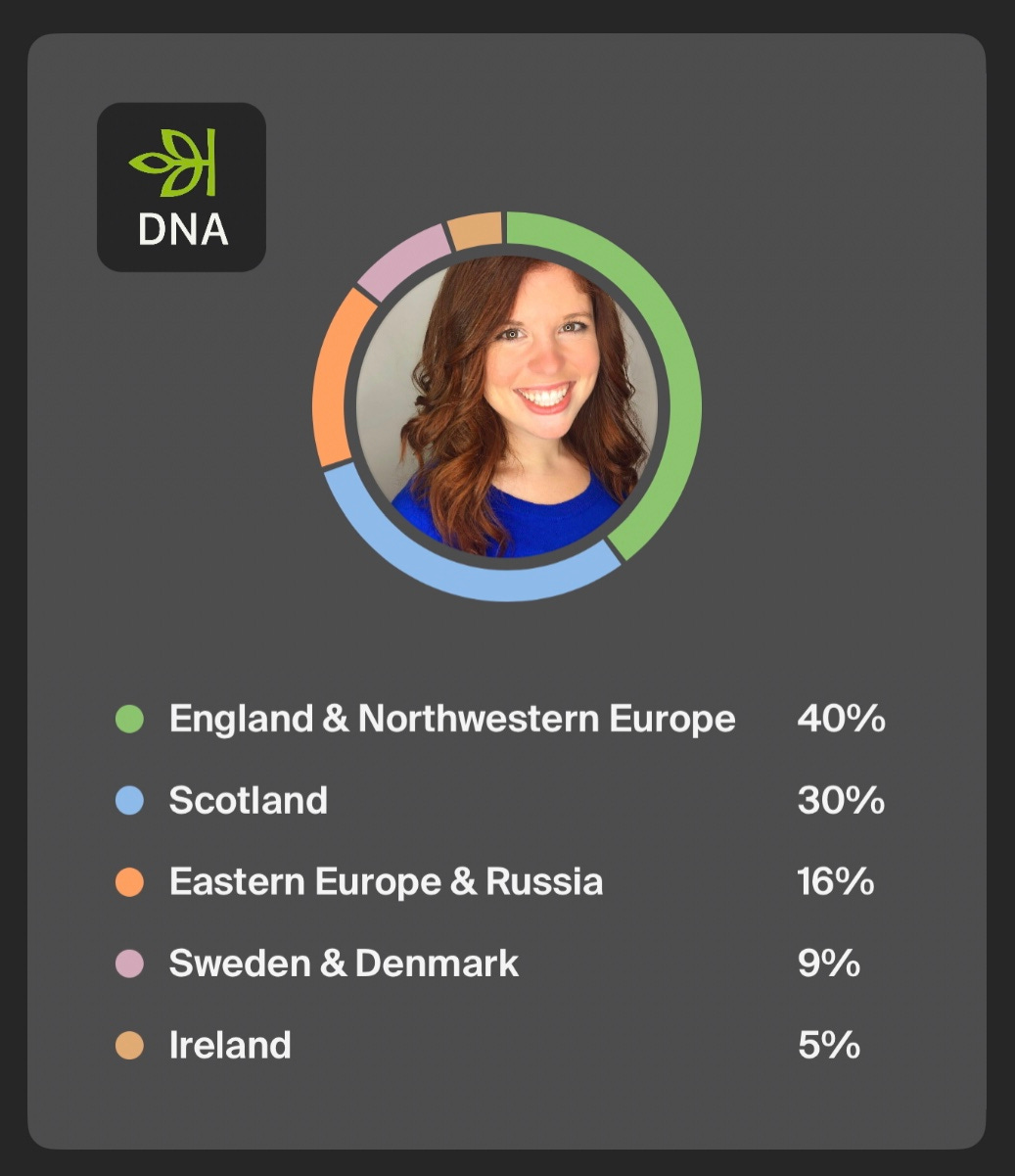When someone asks me where my family is from, I usually think about where I grew up, where my grandparents were raised, and my cultural roots outside of America. This week’s 52 Ancestors in 52 Weeks prompt is all about Origins.
I live in Nashville, Tennessee, where most people are not native Nashvillians, so it’s common to be asked, “Where are you from?” I describe growing up in the suburbs of Richmond, Virginia, where I lived until I graduated college. Growing up near a city full of fascinating history likely contributed to my passion for genealogy.
Before moving to Richmond as teenagers, my parents were raised in different towns (Virginia Beach, Virginia and Levittown, Pennsylvania). My maternal grandparents were born and bred in the foothills of the Blue Ridge Mountains in southwest Virginia, while my paternal grandparents hailed from Philadelphia and coal mining towns in Pennsylvania.
I’ve been blessed to have all four of my grandparents in my life and hear stories of their childhoods and upbringings. One of my favorite memories is when I was in high school, I interviewed them about their lives. Now that three of my grandparents have passed, their hand-written accounts are some of my most prized possessions.
My origins
Tracing a family’s origins beyond your grandparents can often be challenging. Were stories passed down? Was someone adopted? Did a relative come to America from another country? This is where DNA testing can be helpful. It can help you discover the places, culture, and history that form your identity.
I submitted my DNA sample to AncestryDNA in 2014, along with my mom and uncle. While DNA testing has evolved significantly during the last 10 years, the results of my cultural roots have not varied drastically, but have become more precise. AncestryDNA updates its ethnicity estimates about once per year. If you test with multiple companies, you’ll notice some differences in the percentages, but the overall picture should be fairly similar.
Here’s a look at my current ethnicity estimate from AncestryDNA:
One of the things I like about AncestryDNA is that they are starting to identify specific communities where your family may be from. It can give you clues where to research and find a paper trail to corroborate your DNA results.
If your family lived in America between 1850-1950, U.S. Census records are a great place to start. The first census was taken in 1790, but birthplace questions were not included until 1850. Due to privacy laws, the most recent census records available are from 1950. You can access them for free at FamilySearch.
Many of my maternal ancestors have deep roots in Virginia, going back to the colonial era, but half of my paternal ancestors are more recent arrivals to America.
In the 1920 U.S. Census1, you can see my great-great grandparents George and Elizabeth Palsha listed with their place of birth, as well as the birthplaces of their parents. Usually, you’ll see the name of a state or country, but my ancestors were generous and provided the village name, Hertnik.
Due to the ever-changing borders and names of countries in eastern Europe during this time period, you’ll notice that the same village name is marked with two different country codes. The first nativity section (birthplace of the named person) is marked SLK for Slovakia, while the second and third nativity columns (birthplace of the person’s father and mother) are marked HUN for Hungary. This could indicate that the village of Hertnik was in Slovakia when George and Elizabeth were born, but was in Hungary when their parents were born. This level of birthplace detail in a census record is unusual, so “Ďakujem” (thank you) to the census taker!
When you look up the village of Hertník, you’ll find that today, it’s located in the Bardejov District in the Prešov Region of north-east Slovakia… which matches the name of the community in my AncestryDNA ethnicity estimate. Pretty neat!
Which DNA test should I take?
If you want to explore your family’s origins by taking a DNA test, there are several companies that offer DNA testing for genealogy purposes, including AncestryDNA, MyHeritage, FamilyTreeDNA, and 23&Me. All offer ethnicity estimates to shed light on your family’s roots.
Start by asking yourself, “what do I want to learn?” If you’re wanting to connect with relatives, I recommend starting with AncestryDNA. It has the largest database of testers, giving you the largest pool of potential DNA matches. You can order an AncestryDNA test kit here.
MyHeritage’s DNA test can be a great choice if you suspect your family recently lived in Europe, as they have a large database of testers who currently ]=live in Europe. (You can also import your AncestryDNA file to MyHeritage.)
In addition to ethnicity estimates and DNA matches, 23&Me also offers a health component to their DNA testing, which can be helpful if you want to learn about possible predispositions to certain health conditions. You can order a 23&Me kit here (and you get a discount by using my referral link!).
If you are a genetic male, you have one more option. You can test your Y-DNA with FamilyTreeDNA to determine where your direct paternal ancestors came from.
What’s your story?
Where is your family from? Let me know in the comments!
Know someone who likes family history? Share this newsletter!
Year: 1920; Census Place: Kline, Schuylkill, Pennsylvania; Roll: T625_1650; Page: 5A; Enumeration District: 43; Image: 150
https://www.familysearch.org/ark:/61903/3:1:33SQ-GRN1-97XY?view=index&personArk=%2Fark%3A%2F61903%2F1%3A1%3AMX9M-DKV&action=view









My brother and I know our maternal side . We know nothing about our paternal side. We know our great grandfather name. Have his death certificate. I was thinking of doing the Ancestry DNA. My brother and I were looking at the Y-DNA. What are your thoughts